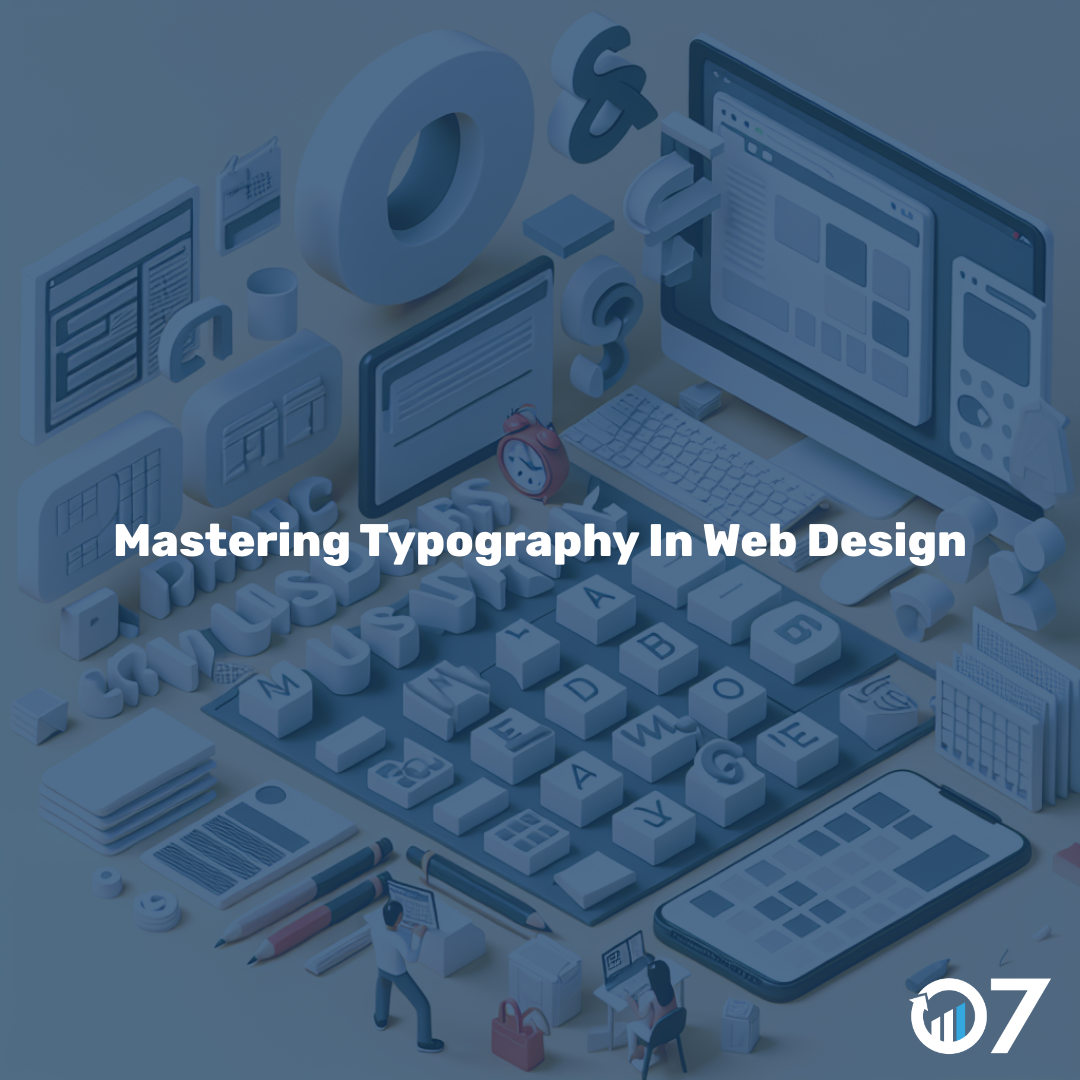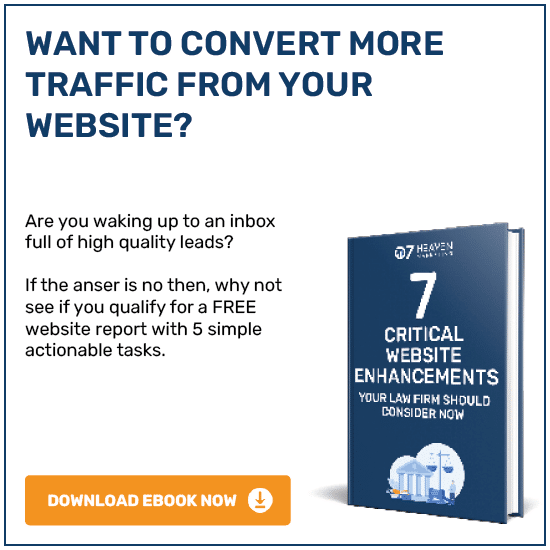Typography in web design can make or break your website’s user experience. When done right, it enhances readability and trust, so let’s dive in!
Why Typography Matters
Typography is more than just selecting a font. It’s about creating a visual hierarchy, setting the tone, and providing a seamless reading experience. When the typography on a website is spot on, you hardly notice it. But when it fails, it’s glaringly obvious.
For instance, a site using Comic Sans for professional content can lose credibility instantly. On the other hand, well-chosen typography can make your content shine and keep visitors engaged.
Establishing a Visual Hierarchy
A good visual hierarchy guides the reader through your content effortlessly. It helps them understand what’s most important and what to read first. Typography in web design plays a crucial role in establishing this hierarchy.
Headings, subheadings, and body text should all have distinct styles. This way, readers can quickly scan the page and find the information they need. Use font size, weight, and colour to differentiate between different types of content.
Choosing the Right Fonts
Choosing the right fonts is essential for effective typography in web design. It’s not just about what looks good; it’s also about readability and compatibility. Here are some tips for choosing the right fonts:
- Readability: Ensure your fonts are easy to read, even on smaller screens.
- Compatibility: Make sure your fonts are compatible across different devices and browsers.
- Consistency: Stick to a limited number of fonts to maintain a cohesive look.
Consider using web-safe fonts or Google Fonts, which are designed to work well on the web. These fonts are optimised for readability and performance, ensuring a better user experience.
The Role of Font Size and Line Height
Font size and line height are critical aspects of typography in web design. They affect how easily users can read your content. Here are some guidelines:
- Font Size: Use a base font size of at least 16px for body text. This ensures readability on most devices.
- Line Height: Set the line height to 1.5 times the font size. This provides enough space between lines for comfortable reading.
Adjust these settings based on your specific design and audience. For example, older audiences may benefit from larger font sizes and increased line height.
Colour and Contrast
Colour and contrast are vital for effective typography in web design. They ensure your text is readable and accessible to all users. Here are some tips:
- High Contrast: Ensure there is a high contrast between your text and background. This makes your content easier to read.
- Accessible Colours: Use colours that are accessible to users with visual impairments. Tools like the WebAIM Colour Contrast Checker can help you choose accessible colours.
Remember, colour can also convey meaning and emotion. Choose colours that align with your brand and message.
Responsive Typography
Responsive typography ensures your text looks great on all devices, from desktops to smartphones. Here are some best practices:
- Fluid Typography: Use relative units like ems or rems for font sizes. This allows your text to scale based on the screen size.
- Media Queries: Use media queries to adjust your typography for different screen sizes. This ensures a consistent reading experience across all devices.
Responsive typography is crucial for modern web design. It ensures your content is accessible and readable, no matter how users access your site.
Typography and Branding
Typography in web design is a powerful tool for branding. The right fonts can convey your brand’s personality and values. Here’s how to use typography for branding:
- Brand Fonts: Choose fonts that reflect your brand’s personality. For example, a tech company might use modern, sans-serif fonts, while a luxury brand might opt for elegant, serif fonts.
- Consistency: Use your brand fonts consistently across all your marketing materials. This helps build brand recognition and trust.
Typography is an integral part of your brand identity. Choose fonts that align with your brand and use them consistently.
Best Practices for Typography in Web Design
Here are some best practices to follow for effective typography in web design:
- Limit Font Variations: Stick to a limited number of fonts to maintain a cohesive look.
- Use Hierarchy: Create a clear visual hierarchy with different font sizes and weights.
- Ensure Readability: Choose readable fonts and use appropriate font sizes and line heights.
- Maintain Consistency: Use your chosen fonts consistently across your site.
- Test on Multiple Devices: Ensure your typography looks good on all devices and browsers.
Following these best practices will help you create a website that is visually appealing and easy to read.
Conclusion Mastering Typography in Web Design
Typography in web design is a crucial aspect of creating a great user experience. By choosing the right fonts, establishing a visual hierarchy, and ensuring readability, you can create a website that engages and retains visitors.
Remember to consider font size, line height, colour, and responsiveness. Use typography to convey your brand’s personality and values. Follow best practices to ensure your typography is effective and consistent.
For more tips and insights on web design and marketing, visit our blog or contact us via email at info@07hm.co.uk or telephone 01702 410663.





